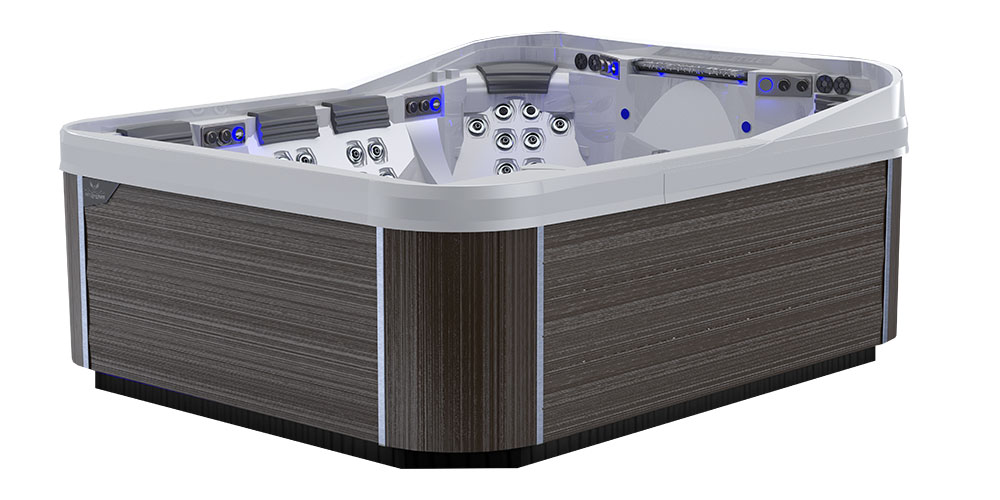You may be the kind to find comfort and relaxation by spending time soaking in a hot tub after a long day of work or on weekends you have less to do. Visiting a commercial spa is exciting, but how about bringing that excitement closer home by buying your tub? This is the route most people are taking recently but do they understand what hot tub water care entails or what it takes to run it? In this write-up, we expound on factors affecting hot tub running costs.
Factors Affecting the Cost of Running a Hot Tub
Modern-day hot tubs have a lower running cost than those built in the past. However, you still incur different costs depending on how you use them and their location too.
1. Water Volume
Hot tubs come in different sizes and have varying capacities, which affects the cost differently. Some can hold a water volume of about 1000 liters or more or less. The water requires heating to enable you to get the desired experience. A greater volume needs more energy to heat it hence higher running costs.
Fewer water volumes run on less energy, and this should be considered before buying. Be ready to spend more on power if you desire a huge hot tub or plan to host a couple of people often.
2. Climatic Conditions
Hot tubs are heated differently based on the weather temperatures. Typically, their temperature ranges between 36 degrees to 40 degrees Celsius. When it’s too hot, like in summer, those temperature ranges can be uncomfortable, and you will need to reduce them to your comfort level. The energy used is less, causing a reduction in the cost of running the tub. During winter, the water temperature must be increased to make sitting in the tub bearable and fun.
The higher the water temperature, the more energy is needed to maintain it at the set level. Ambient temperature also plays a huge role in the operation cost. Hot tubs come with a cover, and when it’s off, there is a difference between the ambient air temperature and the water temperature. If the difference is big, heat is lost more rapidly. It causes an increase in the costs as more energy is required to keep reheating the water.
3. Installation Location
Choosing the right spot to install your tub is important. It can be installed indoors or outdoor, given your best relaxation position. The ambient temperature of indoor tubs is high throughout the year; hence there’s little difference between it and water.
For outdoor tubs, the opposite is true, and the running costs are much higher. However, special equipment is needed to keep the indoor temperature and humidity at a friendly level when installing a tub indoors, so the overall cost is increased.
4. Usage
If the hot tub is used regularly, more heat is lost when the cover is off. Energy used to keep the pumps running and keep the water hot is more compared to when the tub is covered and still.
Conclusion
It’s important to factor in the cost of operating a hot tub before buying. Different types function differently in terms of energy use. Consider the elements mentioned above to help you get the best and efficient tub.
